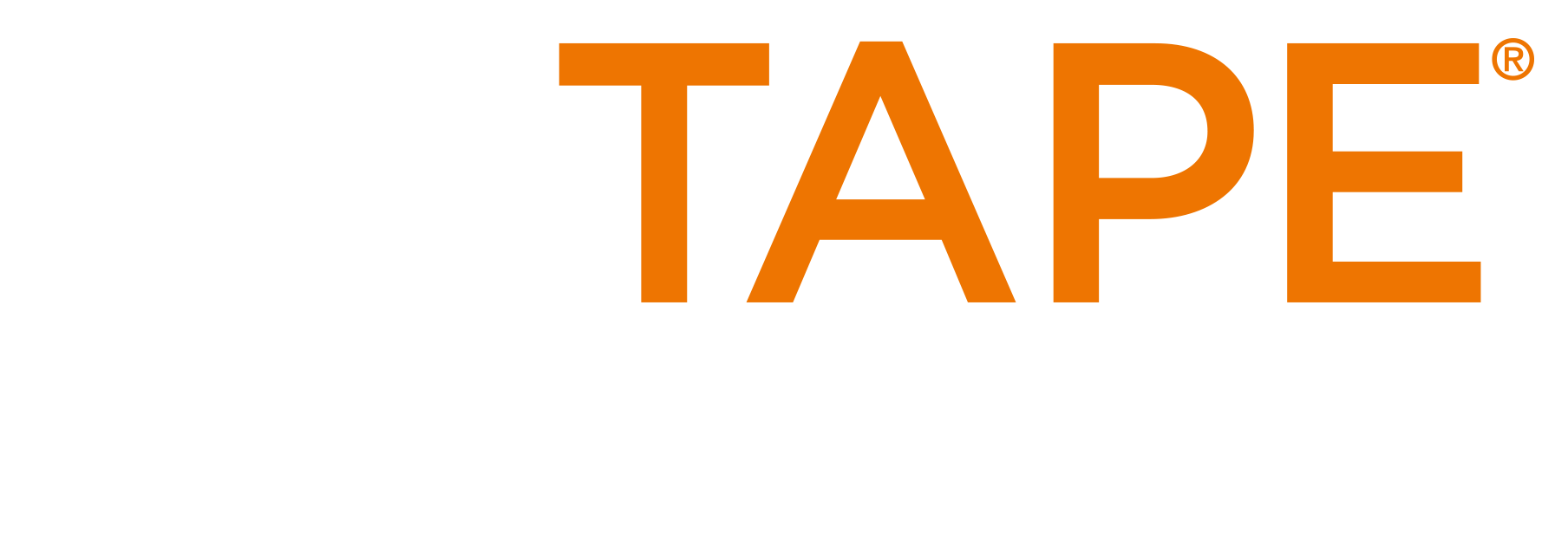KT TAPE: OUTER KNEE
ITBS is the most prevalent cause of lateral (outside) knee pain in athletes. Along with ITBS pain at the hip, it accounts for more than 12% of all running injuries. Chances are that if you have pain on the outside of the knee and are active, or have had a rapid increase in activity, you are suffering from issues involving the IT Band at the knee. The IT Band is responsible for moving the leg away from the body, internal rotation of hip, knee extension, and knee flexion (under particular conditions).
Frequently ITBS is seen in runner’s who are often running on banked surfaces, doing excessive hill training, or running up and down stairs or bleachers. But, any movement that repeatedly causes the knee to pass back and forth across the 30-degree position can create ITBS at the knees.
Friction and irritation is common as the IT band crosses a bony prominence on the outside of the knee on its way to the shinbone. Pain is usually most noticeable when running downhill and can range from a sharp sensation on the outside of the knee to pain along the entire IT Band. Often the knee feels like it is “seizing”, and the sore spot is typically painful to the touch.
Though ITBS is very common, pain at the lateral knee can be caused by any number of issues. Many structures that are responsible for multiple types of movement meet here, and any of them can become inflamed and swollen. Examples of other lateral knee pain issues include LCL strains, fibular head problems, meniscus or cartilage damage, as well as arthritis and others. This application specifically addresses IT Band pain at the knee, but could also be used for any of the above.
Typical treatment includes resting, icing, and light stretching. Massage therapy and the use of a foam roller can also be helpful. The KT Tape application for ITBS at the knee is very helpful in relieving much of the associated pain by relieving pressure over the bony prominence (sore spot) and in turn increases circulation*. Functional support is provided to the musculature as well*. These functions help relieve pain and promote the healing process.
